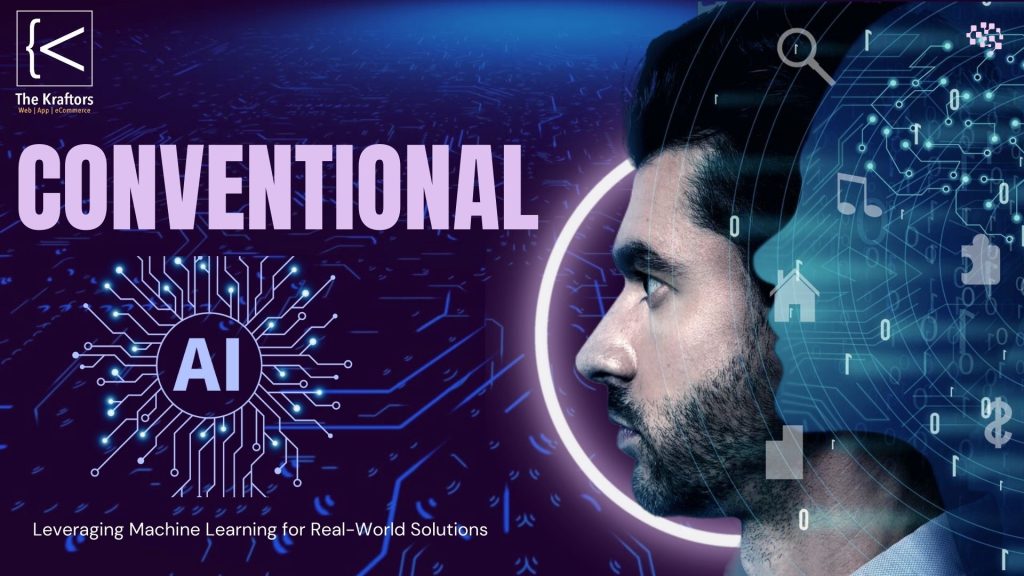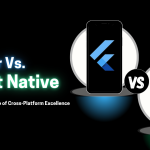Artificial intelligence (AI) has quickly transformed from a concept of the future into a powerful tool that affects many aspects of present-day life. Although the main aim of AI experts is to achieve artificial general intelligence (AGI), the current situation is full of what we call traditional or narrow AI.
This article focuses on how conventional AI has been developed over time, its uses, and its consequences for human societies; it also helps you understand its mode of operation and its significance to human life.
About Conventional AI (AGI)
Conventional AI is often called weak or narrow AI for systems that are designed to execute specific activities or solve particular problems. Unlike AGI, which tries to mimic human thinking across many activities, conventional AI (AGI) focuses on specific tasks.
Some examples of conventional AI are virtual assistants like Apple’s Siri, recommendation systems used by Netflix and Spotify, and self-driving car technology.
Key Applications of Conventional AI
Here are some of the leading applications of Conventional AI (AGI):
Customer Service
AI chatbots and virtual assistants have changed customer service by giving quick answers and handling common questions. They use NLP to understand and reply to customer queries, making the user experience smooth and efficient.
Healthcare
AI is making significant strides in healthcare, which helps in diagnosis, treatment, planning, and patient care. With conventional AI, you can analyze medical data, identify the patterns, and predict disease outcomes.
Finance
In the finance sector, AI does help you in fraud detection, risk management, and even trading. It works in a way where these systems evaluate vast amounts of information to find scams and credit assessments for finance agreements while performing trading as well as credit decisions with high speed and accuracy.
Entertainment
AI is deeply integrated into the entertainment industry through recommendation engines. The services like Netflix and Spotify use AI to analyze user preferences and suggest content that aligns with their tastes, which also enhances user engagement and satisfaction.
Transportation
Self-driving cars are perhaps the most visible example of AI in transportation. These vehicles use a combination of AI algorithms, cameras & sensors to navigate roads, recognize obstacles, and make real-time driving decisions.
How Does Conventional AI Work?
Traditional AI harnesses data and algorithms for specific tasks. Machine learning is critical to AI since computers acquire knowledge through vast amounts of data thereby identifying regularities and projecting in the future.
For instance, to achieve high accuracy levels during image recognition, an AI system must undergo training using tens of thousands of photos at a time to detect various objects within a new image.
Natural language processing (NLP) is another important aspect that enables machines to comprehend and create human language. It is utilized by chatbots and virtual assistants to reply to queries or converse with users. It uses neural networks to process data in layers and mimic the human structure of the brain. AI interprets sentences into parts and then analyzes them to come up with suitable responses.
Benefits and Limitations of Conventional AI
Benefits
Efficiency
AI systems process and analyze data at a rate far surpassing human capabilities, culminating in elevated productivity and effectiveness.
Accuracy
In tasks such as medical diagnosis & financial forecasting, machines are usually far superior to human experts, which always results in fewer errors and better outcomes.
Cost Savings
Automation minimizes the necessity for human interventions which also helps in cost saving for businesses.
Limitations
Lack of Generalization
These expert systems can only perform particular tasks and cannot generalize knowledge across different domains.
Data Dependency
AI systems need vast training data. Poor-quality data may lead to inaccurate predictions and reinforce existing biases.
Ethical Concerns
The implementation of AI systems presents several ethical challenges regarding privacy, safety, and unemployment. To tackle these challenges, it is essential to guarantee the responsible development & deployment of AI technologies.
Future of Conventional AI
The field of traditional AI is growing, but AGI is still out of reach. Advancements in machine learning, deep learning, and natural language processing have made AI systems more powerful and able to perform complex and high-stakes tasks with increased accuracy and speed.
Furthermore, AI can create fresh opportunities when merged with other highly developed technologies, such as blockchain integration and Internet of Things (IoT) incorporation standards. Therefore, AI-empowered IoT devices have the potential to make improvements to smart house systems and at the same time enable data security through blockchain protocol.
Read more about Why AI is the Future of Technology and AI vs ML.
Our Trending blog on RAG vs Fine Tuning
Conclusion
In many industries, traditional AI has made a remarkable difference leading to innovation and higher efficiency. Human intelligence cannot be fully replicated but technology is being applied in specialized areas to create a new landscape transforming sectors and human life.
As AI advances, it is necessary to ensure equitable and accountable allocation of benefits by addressing the ethical implications of the technology within society.


